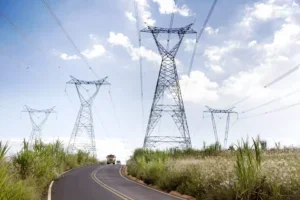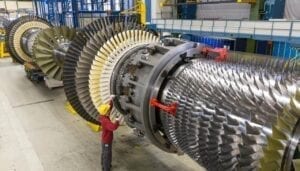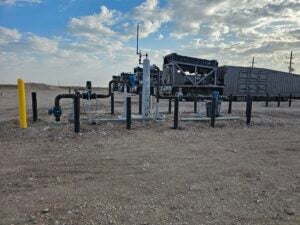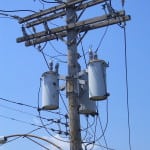Planning and operating a power system requires detailed grid studies to guide investment decisions and prepare for how the system may evolve over time. Long-term planning can identify the policy, regulatory, infrastructure, and operational updates that may be needed to achieve desired outcomes. Also, comprehensive planning can identify operating limits, determine performance improvements, assess mitigation measures, and characterize potential upgrades to the system.
In the past two decades, installed capacity of renewable and distributed energy resources, most of them inverter-based wind and solar power, has increased significantly and is expected to continue accelerating. Traditional power system planning methods and tools are increasingly challenged as the impacts of decarbonization and electrification affect the power system.
Models to represent synchronous machines—until recently, most of the generation sources on the system—are developed based on their physical characteristics. System operators increasingly seek methods and software to effectively plan and operate the bulk system with renewable energy resources, many of which may be at the distribution level.
Power System Planning Studies Require New Tools and Methods
In addition to planning for future demand growth and evolving generation portfolios, system owners and operators must provide transmission services for renewable generation sources that are often remote from load centers and behave significantly different than traditional generation. Bulk power system planners and operators may require new tools and methods to provide a reliable, sustainable, and cost-effective supply of electricity to consumers while accommodating the expected increase in low-carbon resources.
Studies used in system planning, typically referred to as transient studies or dynamic studies, focus on the timeframe immediately after an event on the system and simulate how the system will respond. To determine if a system event will lead to instability requires robust, accurate, and comprehensive mathematical models for every device on the network. These models represent both the physical characteristics of a device, as well as the action and behavior of any control system that may be present. This increase in computer-code-based control systems for generation resources creates a number of significant challenges for dynamic studies, including accurately representing these resources, ensuring models capture actual behavior of the assets, and understanding how changes in the computer code may impact device responses.
Another key challenge in the studies is the ability to represent intellectual-property-protected computer code. The most accurate results can be obtained when using models provided by an original equipment manufacturer (OEM), since they have visibility into their intellectual property (IP). However, in many cases, power system planning studies are conducted years before an OEM has been identified. Even when the OEM is known, the entity conducting the study may not have the necessary permissions to get access to IP-protected models, especially if a generation resource is located in a neighboring region or competing power system.
In such scenarios, the use of generic models that do not represent any particular OEM, but can represent the trend of equipment dynamic responses, can be highly valuable. Generic models of synchronous machines’ control systems are usually standardized models that have been well developed and validated over time. This is not the case for inverter-based resources, loads, high-voltage direct-current (HVDC) transmission, flexible alternate current transmission, and other static devices.
Developing Generic Models for Inverter-Based Resources and HVDC
To close this gap, the team at EPRI has been leading the work in the energy industry to continuously develop, parameterize, apply, and update generic models. Collaborating with OEMs, utilities, system operators, consultants, industry working groups, national labs, and other stakeholders demonstrates the team’s value-driven approach. Several of the EPRI team’s relevant generic models have been approved by the Western Electricity Coordinating Council (WECC) Model Validation Subcommittee, an industry forum that determines which generic models can be used for specific WECC-wide interconnection studies.
Largely, EPRI’s generic modeling efforts have resulted in integration into commercial modeling software tools, such as:
- The development, parameterization, and benchmarking of generic WECC models for inverter-based resources (newer technology like grid forming and conventional technology), in both positive sequence and EMT domains.
- The development of the WECC composite load model.
- The development of HVDC generic models.
While these models can be useful for understanding general trends in forward-looking studies, the use of generic models should be approached with appropriate cautions regarding applicability and limits. Appropriate parameterization of the models is extremely important, and recognizing the scenarios where these models can be applied and where they cannot is equally relevant.
In its work with multiple system operators, transmission owners, and vertically integrated utilities, EPRI research has demonstrated:
- Improved numerical robustness of generic models in studies of systems with a high percentage of inverter-based resources, especially to understand general trends of potential instability under different operating conditions.
- The capability of generic grid forming inverter-based resources models and technology in addressing stability issues.
- The parameterization of load models based on survey and measurement data as well as parameterization of loads to replicate grid events.
- The application of HVDC models for offshore wind integration.
—Deepak Ramasubramanian is EPRI Transmission Operations and Planning technical leader. To learn more about EPRI’s work on generic models, review EPRI Portfolio Program 173 and EPRI Portfolio Program 40, or contact Deepak Ramasubramanian and/or Parag Mitra.










